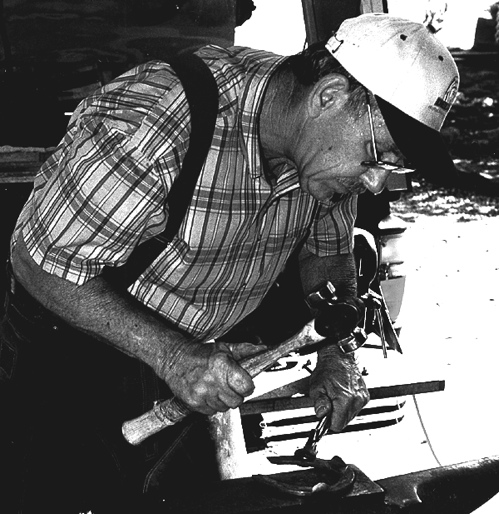
Blake Brown of Penryn, Calif., believes that the first thing a farrier should do when assessing a horse for the first time is look for any evidence of high-low syndrome.
Brown, who has retired from active shoeing, but continues to work as a lameness consultant, believes that the presence of even a relatively slight high-low conformation will affect how hooves grow, which is important for a farrier to take into consideration when trimming and shoeing a horse.
Brown notes that high-low syndrome — in which one front foot has a more upright hoof angle than the other front — was not common when he started shoeing horses in 1963, but is today. He believes breeding of taller, bigger horses without regard to the whole horse is responsible for this. Many of these taller horses cannot reach the ground to graze without assuming a stance with one front foot forward and the other back.
As an example of how this affects hoot growth, Brown has observed that when a horse stands with one foot forward in its grazing stance, the diagonal hind will be camped up underneath the horse’s belly. That foot’s angle will be a little lower than the other hind, the toe will tend to grow a little longer and the medial wall will grow faster, as a result of how the horse balances itself on the lateral side and heel.
We’ll have more on how Brown evaluates a horse in the July/August issue of American Farriers Journal.







Post a comment
Report Abusive Comment